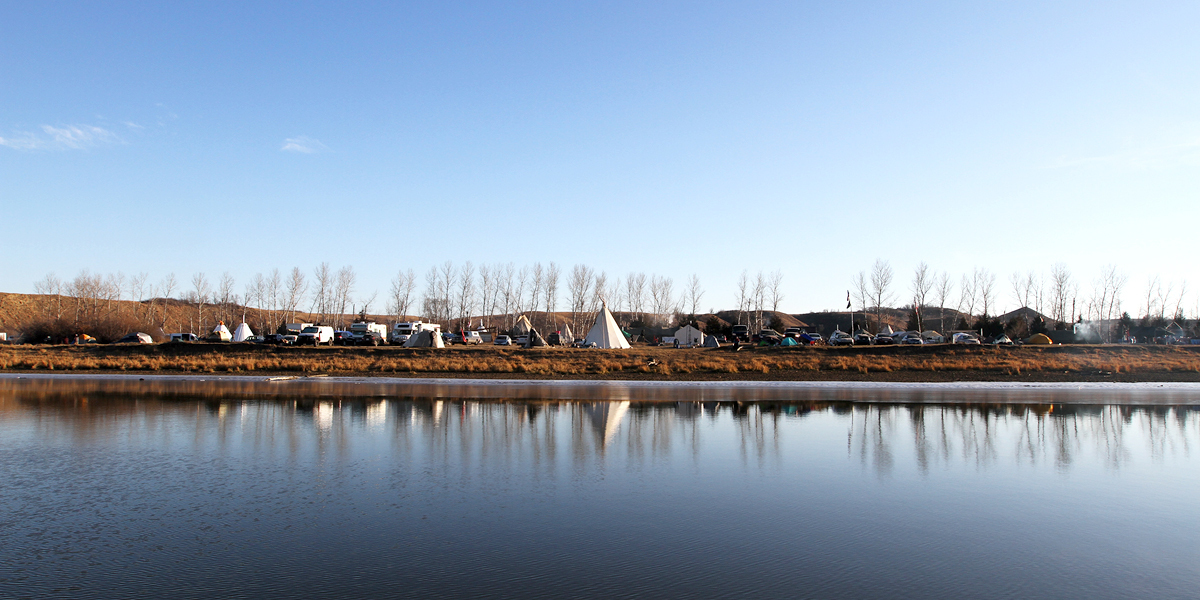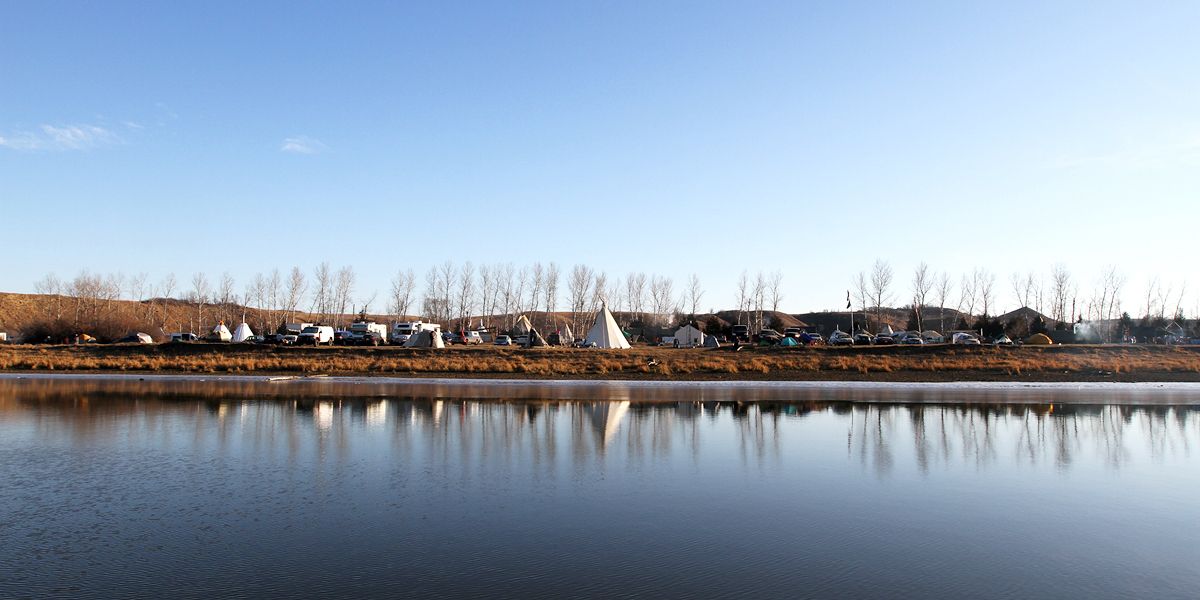
North Dakota Governor Orders ‘Emergency Evacuation’ of Pipeline Protesters

North Dakota Gov. Jack Dalrymple issued an “emergency evacuation” order today to remove thousands of Dakota Access Pipeline protesters from the Oceti Sakowin camp, citing “harsh winter conditions.”

The Republican governor’s order was effective immediately and he said it would remain in force “until rescinded.” The order stated:
“Winter conditions have the potential to endanger human life, especially when they are exposed to these conditions without proper shelter, dwellings or sanitation for prolonged periods of time” and that the area is “not zoned for dwellings suitable for living in winter conditions.”
Standing Rock Sioux Tribe’s Chairman, Dave Archambault II, said in response to the evacuation order:
“This state executive order is a menacing action meant to cause fear, and is a blatant attempt by the state and local officials to usurp and circumvent federal authority. The USACE has clearly stated that it does not intend to forcibly remove campers from federal property. The governor cites harsh weather conditions and the threat to human life. As I have stated previously, the most dangerous thing we can do is force well-situated campers from their shelters and into the cold.
“If the true concern is for public safety than the governor should clear the blockade and the county law enforcement should cease all use of flash grenades, high-pressure water cannons in freezing temperatures, dog kennels for temporary human jails and any harmful weaponry against human beings. This is a clear stretch of state emergency management authority and a further attempt to abuse and humiliate the water protectors.”
A press conference was held Monday night in response to Gov. Darymple’s emergency order. Watch here:
[facebook https://www.facebook.com/EcoWatch/videos/1365073096838957/ expand=1]
“It is not up to Governor Dalrymple or the Army Corps of Engineers to decide whether an Indigenous sovereign nation can remain on its own lands,” Greenpeace spokesperson Lilian Molina said.
“The Standing Rock Sioux Tribe has the right to self-determination in deciding its own destiny. According to the 1851 Treaty of Ft. Laramie, the Oceti Sakowin camp is on treaty land, which means the camp can remain in place. The Governor has overstepped his authority with this executive order.”
Today’s news came four days after the U.S. Army Corps of Engineers said it will be “closing the federal property north of the Cannonball River to all public use and access” effective Dec. 5. And, two days after the Army Corps clarified its eviction notice, stating that it has no intention to forcibly remove people from the camp.
Army Corps Clarifies Eviction Notice to #StandingRock https://t.co/IdAFHKocKj @350 @Waterkeeper @IENearth @RobertKennedyJr
— EcoWatch (@EcoWatch) November 29, 2016
“Ironically, the same governor who ignored the use of rubber bullets and water cannons in sub-freezing temperatures against protectors now claims to want to remove them for their wellbeing through the winter,” Molina continued. “If Governor Dalrymple or the Army Corps of Engineers truly cared about the health and wellbeing of water protectors, they would put an end to the pipeline once and for all.”

 233k
233k  41k
41k  Subscribe
Subscribe 